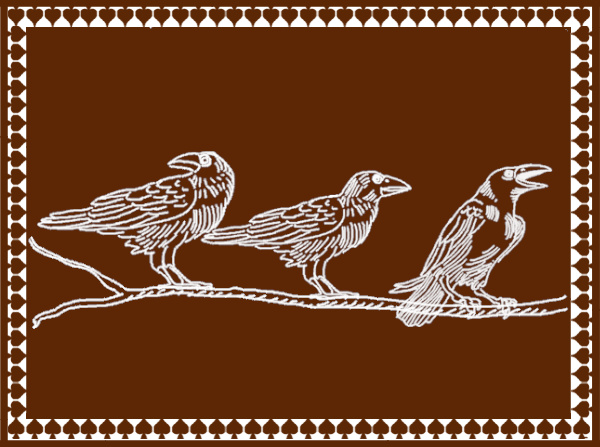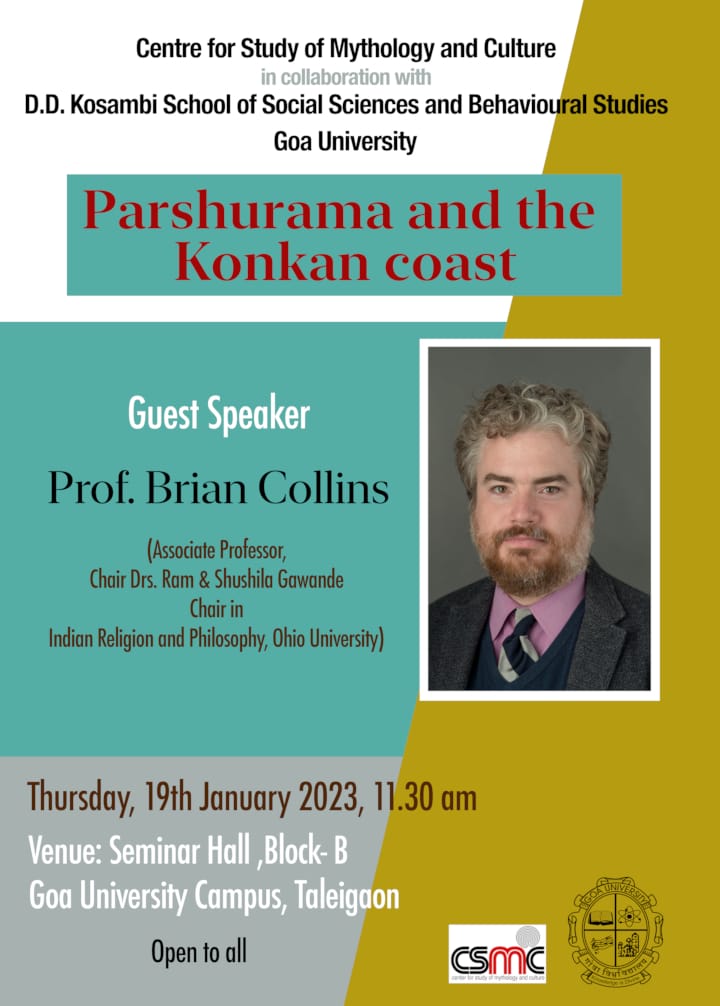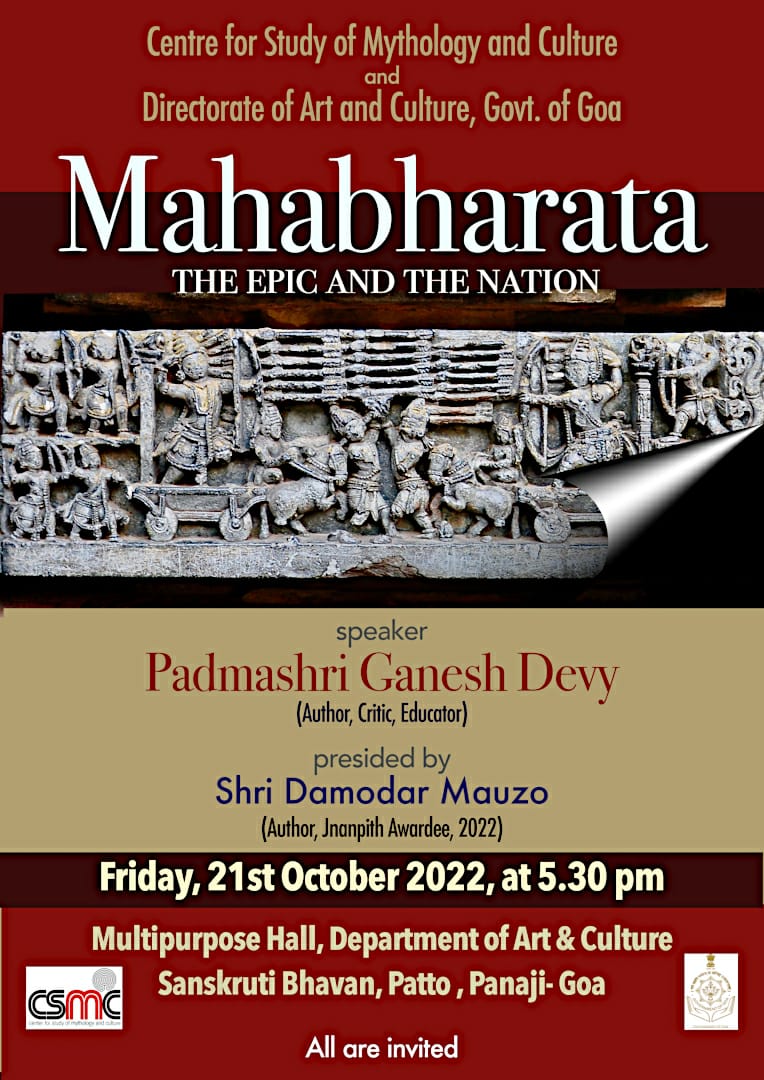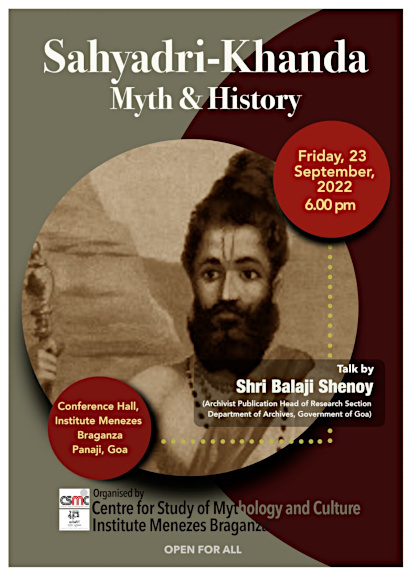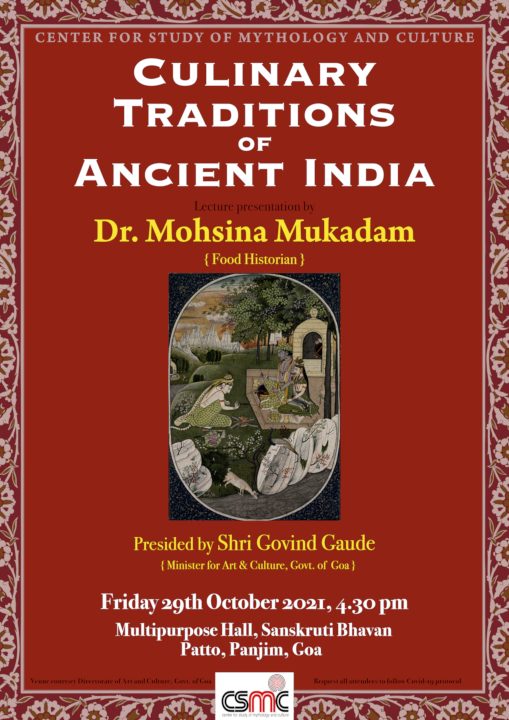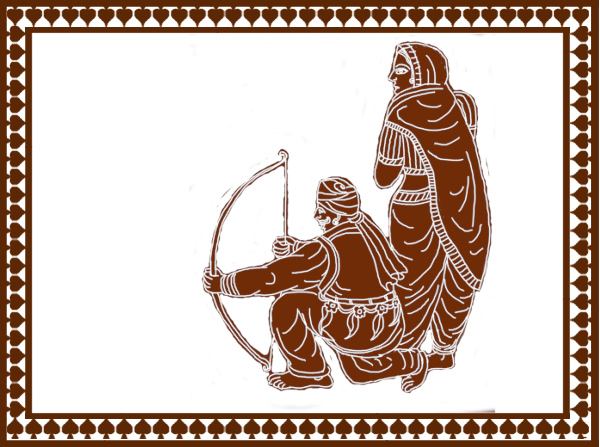
Have you heard of a festival dedicated to thieves?
That’s right ! That is ‘Chorotsava’ or the festival of thieves. This unique festival is held every year in Goa, especially in the villages of Zarame and Caranzol , located in deep forest regions in Valpoi district of North Goa.
The name of the festival was so intriguing that we decided to witness the festival, which takes place every year on the second day after the Holi festival, in Zarme village and a week later at Caranzol. Holi is part of Shigmo festival in Goa and south Konkan. It is a major festival of the region as it coincides with the harvesting season. At Zarame village, Shigmo festivities consists for five days. Holi is celebrated on the first day, second day is celebrated as Chorotsava, then comes Ghodemodani, and Palkhi. On the fourth day phool padne rituals are performed and Shigmo festivities ends with celebrations of karavali *.
Chorotstava takes place on the second day, after the sunset often stretches late into the night. When we approached the village temple it was early evening, and there were hardly any people around. We walked towards the village temple and met some elderly men . “We have come to see Choran jatra ( festival of thieves)” We announced. “ It will take place in front of the temple very soon , hang around.” we are told, while they casually moved around the shrine discussing day to day politics. Soon we see young boys digging holes in the ground and a pandal being erected in front of the Kelbai- Sateri temple which is the chief village deity of Zarme. The temple seem to have been recently renovated with funding provided by the local politician. So does the houses nearby that look newly constructed and painted, with brand new cars parked in the porch. The village looked prosperous with new modern amenities.
There is a narrow space in front of the temple which is called “chavhato” or ‘mand’. It is a sacred open space where all the important religious activities of the village take place. On the day of Holi, the villagers go into a ‘sacred forest’ to fetch the a pole which will be ceremonially planted in front of the temple, for the celebration of holi or bon fire. Under the supervision of the chief shaman or ghadi, a tall tree measuring 15-20 ft tall is chosen from the sacred forest and after offering a prayer and asking its permission to be cut, the tree is felled. Having cut the tree it is brought to the mand area to be planted as a pole before the temple. This is called as ‘Holicho khamb’ or sacred pole. The branches of the tree are cut away leaving only the only the main trunk, which is then decorated with mango leaves.
Rajaram Bhikaji Gawas age 70, is the main elder (or jaankar) of the village and in charge of conducting Chorotsava. In a very solemn tone he informs us this is the true ‘history of his village’ and not a fictional lore for entertainment. “We enact the incident as it is very important for us as a community to remember our history. It is about justice. It is about our identity. If we forget the tale calamities would strike our community and we will get wiped out ”. Gawas then revealed the story or itihas (history) as he stated.
Many years ago, a man- a sage from Kashi came into the deep jungles of Zarame, and decided to set up a village so that people can live there and flourish according to the ‘dharma’. The village had only a few inhabitants. One day late in the evening, a group of four men and two boys walked into the village carrying swords in their hands. Villagers mistook the group as thieves and attacked them and eventually killed them by beheading the men, but young boys were killed on a stake. It was a gruesome act and soon the news spread among nearby villages. Meanwhile the parents of the four men and two young boys, came to Zarme village. They identified their sons who were killed by the villagers. Heartbroken and devastated seeing the bodies of their sons, the old parents made a plea to the village head and the deity Kelbai Santeri. “ These are our sons. They are not thieves. They had some business in another village and were just passing through this village. How could you kill them? What about us, the old parents? We are rendered childless? What about their wives who are now widows? We seek justice for our innocent sons. Without justice, there is no salvation” cried the old parents before the council of villagers gathered in front of the temple ‘mand’. After much consultations village heads admitted that they had wrongfully killed four innocent men and two boys. The village headman admitted “ We cannot bring back your dead sons, but as an act of repentance the village of Zarame will always keep them in our memory generations after generation .” The headmen promised the old grieving parents. Since then Zarame village celebrates this event as “Chorotsava”or the celebration of thieves. Rajaram Gawas concluded narrating the tale by stating “ It is about Justice.(nyay karun dhakhavala) It is about dharma. Upholding justice is the seen as highest truth in this village/ We live by our principals and that’s why celebrating Chorotsavsa is so important to us”
As the evening approached an enclosure of cloth was made around the main pole of holiyecho khambh’. Behind the enclosure we could hear digging sounds as pits were being dug. Two wooden stakes were planted little distance away facing the enclosure. Few village men and boys dressed in the traditional attire of white shirt, and a purple dhoti ( called as sovale ,meaning sacred cloth)with orange patakha or headgear appeared behind the cloth enclosure. The enclosed area seemed to be the area where the main act was to take place.
Crowds started swelling as night fell. There were no bright lights besides the tiny LED bulbs that lit the temple and nearby buildings. The ‘ranmale’** performance began in the mand area. The village elder Gawas followed by bunch of young boys dressed up and decorated as monkeys, lions, and foxes carrying the cut branches and leaves entered the mand. They danced around the stakes shouting “Shabei! Shabei!!”
“Move back! Move back. Please make way” the village volunteers started pushing back onlookers, who had inched forward to watch the performance. After the brief Ranmale performance, some of the villagers carried in two young boys wrapped up in rough blankets. They seemed to be in a state of trance. They were made to sit on the stake with folded hands. As the scenario was set, suddenly a loud voice was heard and from the dark alley emerged an old couple crying out for help. Onlookers strained their eyes to catch the sight. The old man was dressed in a soiled shirt and trousers, and ceremonial headgear appeared to be a humble farmer . He was carrying a bow and an arrow, followed by a woman ( actually a man dressed in a woman’s clothing) dressed in a green traditional saree and carrying a bundle over her head walking silently behind her husband. It appeared that the elderly couple were strangers to the village . As the man approached the closed enclosure, he began to appeal in a sing song tune to the villagers. “I am looking for my sons who had gone missing” , he announced. A voice from inside the enclosure was heard responding to the elderly man’s call. For a long time there was an exchange of words between the voice and the elderly couple. The elderly man and his wife kept moving up and down the mand area making appeals to the people while searching for their sons. At one point the cloth covering the enclosure was lifted revealing to the onlookers the ghastly visual of the dismembered bodies of four men. There were four severed bodies, their heads severed from their bodies, lying on the ground. They were carrying swords in their hands . Few men standing besides each body were seen fanning the men. People rushed forward towards enclosure for a close look. In the dimly lit area, the whole spectacle was awesome. But before one could see the full the scenario carefully, the curtains were drawn hiding the whole scene from public view. The elderly man and his wife are heartbroken to see that their children were brutally killed. They entered the enclosure and started encircling the dead men, sometimes sitting besides each of them and grieving. The curtains of the enclosures were raised and brought down few more times for the onlookers to fully grasp the scene.
The villagers, young boys , men and elders entered the mand area beating drums and cymbal reiterating the promise to remember their sacrifice and deliver justice to their souls by keeping the memory alive. As they moved slowly around the the two boys who were planted on the stake, people began to disperse. Boys were taken down from the stake and the festival was officially concluded.
In the wee hours of morning another act is performed called ‘masti’ (mai sati), when the wives of the four men who were killed as thieves perform sati. Thus the sacrifice of the women ( enacted by men dressed as women) is also remembered and revered by the villagers.
As we return back to our homes we are still trying to make sense of the spectacular visuals that we witnessed during the ‘Chorotsava’ performance.
———————-
*Order of the festivities differ in Caranzol village but the activities of celebrations remain the same.
Karavali is celebration of the mother goddess in the her pre-pubertal years and is a symbol of fertility
** Ranmale is a folk performance of Goa
Story collected by Vidya kamat
As narrated by village headman : Rajaram Gawas
Location Zarame, District Valpoi, Goa
Image copyright: Vidya Kamat







